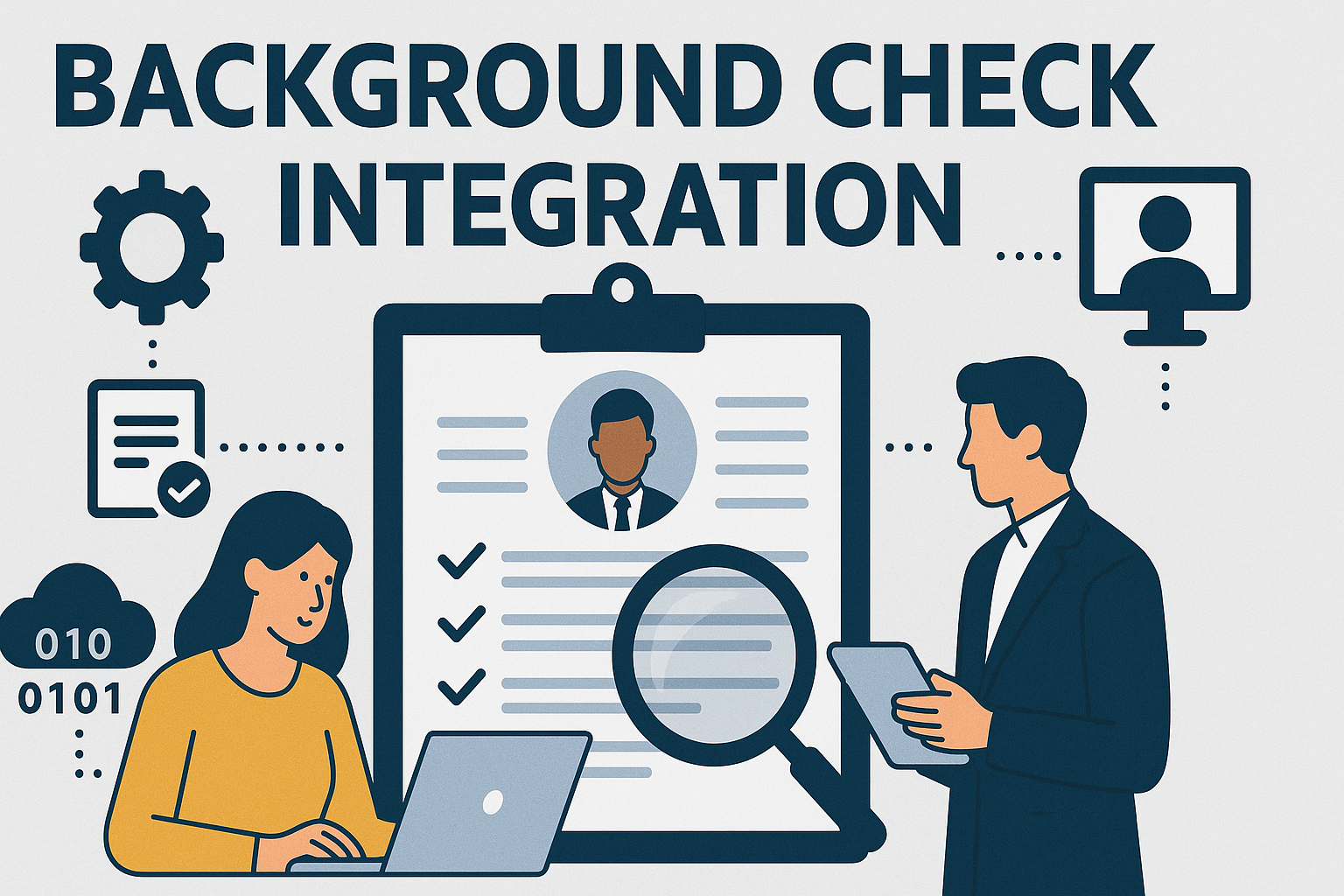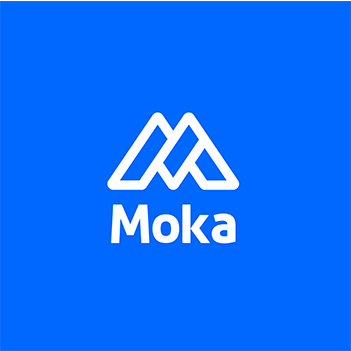Background Check Integration: A Comprehensive Guide for HR Professionals
In today's competitive talent landscape, verifying candidate information has become a critical component of the hiring process. Background Check Integration (BCI) streamlines the process of conducting background checks by seamlessly connecting HR systems with third-party background check providers. This not only reduces manual work but also ensures compliance with employment laws and regulations, mitigating potential legal risks.
What is Background Check Integration?
Background Check Integration refers to the incorporation of background screening services directly within HR software, such as Applicant Tracking Systems (ATS) or Human Resource Management Systems (HRMS). This integration automates the verification process, covering areas like criminal history, employment verification, education verification, reference checks, and even global sanctions lists. It also facilitates centralized tracking and reporting, providing HR managers with comprehensive visibility over the entire verification process.

Why is Background Check Integration Important?
Efficiency and Time Savings: Automated background checks eliminate repetitive tasks, allowing HR teams to focus on strategic hiring decisions.
Compliance Assurance: Integrated solutions ensure that screenings comply with regional and international regulations, minimizing legal risks. This is particularly crucial for industries like finance, healthcare, and government that require rigorous background screening.
Data Accuracy: Automating the process reduces human error and enhances the accuracy of candidate data. Consistent data entry and verification reduce discrepancies and prevent potential conflicts.
Candidate Experience: A streamlined process improves the candidate experience, reducing delays in onboarding and providing transparency into the screening process.
Risk Mitigation: Automated checks help detect potential red flags, such as criminal records, falsified credentials, or fraudulent employment histories, minimizing risks to the organization.
Key Features of Background Check Integration:
Real-time status updates
Automated notifications
Customizable screening packages (e.g., criminal, credit, and identity verification)
Compliance tracking
Integration with ATS and HRMS platforms
Detailed reporting and analytics dashboards
Data encryption for enhanced security
Emerging Trends in Background Check Integration:
AI-Powered Screening: Leveraging AI to detect potential red flags in background checks faster and with higher accuracy, using machine learning to analyze patterns and anomalies in data.
Blockchain for Data Integrity: Ensuring that background check data is secure and tamper-proof, providing a verifiable chain of custody for sensitive information.
Mobile-Friendly Interfaces: Enabling candidates to submit necessary information via mobile devices, improving completion rates and enhancing accessibility.
International Screening: Expanding capabilities to include global checks, facilitating compliance with international data privacy laws such as GDPR and CCPA.
Continuous Monitoring: Implementing ongoing background checks for existing employees to detect potential risks or criminal activity that may occur post-hire.
Best Practices for Implementing Background Check Integration:
Choose a Reputable Provider: Select a screening provider with a strong track record of compliance and robust data security measures.
Clear Communication: Clearly communicate the purpose and scope of the background check to candidates, ensuring transparency and managing expectations.
Data Privacy Compliance: Ensure data privacy by encrypting sensitive information and complying with data protection regulations.
Customizable Screening: Tailor screening packages to specific job roles or industry requirements, minimizing unnecessary checks and costs.
Seamless Integration: Integrate the background check solution with existing HR systems for a unified workflow, reducing data silos and enhancing data accuracy.
FAQ: Frequently Asked Questions about Background Check Integration:
What types of background checks can be integrated?
Common checks include criminal background, employment verification, education verification, reference checks, and international sanctions screening.
How does Background Check Integration ensure data security?
Most providers use encryption, secure servers, and data access controls to safeguard sensitive information throughout the verification process.
Can Background Check Integration be customized for specific roles?
Yes, HR teams can customize screening packages to align with job roles, industry standards, and compliance requirements.
What is continuous monitoring, and why is it important?
Continuous monitoring involves ongoing background checks for current employees, alerting HR to any new risks or criminal activity that may arise post-hire.
Conclusion:
Background Check Integration is a vital component for HR teams aiming to streamline the hiring process, ensure compliance, and enhance data accuracy. As AI, blockchain, and continuous monitoring gain traction, the future of background checks will be more secure, efficient, and proactive, ultimately protecting organizations from potential risks while creating a safer workplace.
HR Glossary: Master the Language of Modern HR
From recruiting candidates to onboarding new team members, MokaHR gives your company everything you need to be great at hiring.
Subscribe for more information

